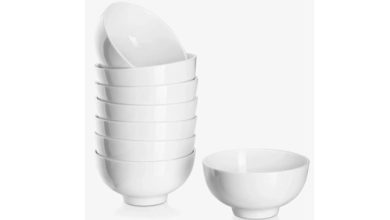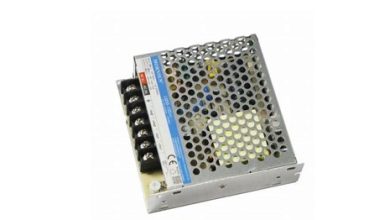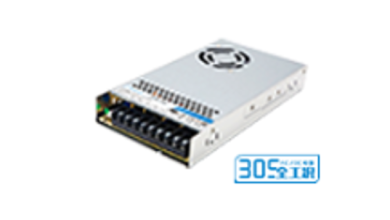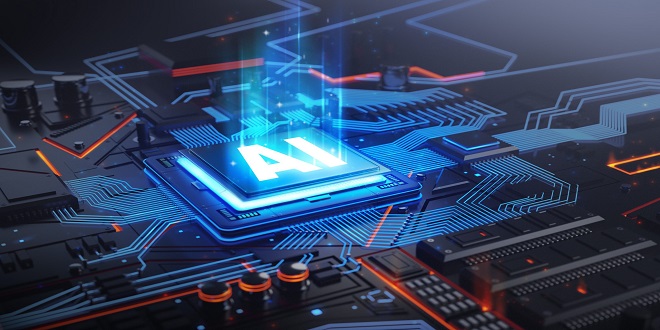What Cpu is Compatible with My Motherboard? How to find out!
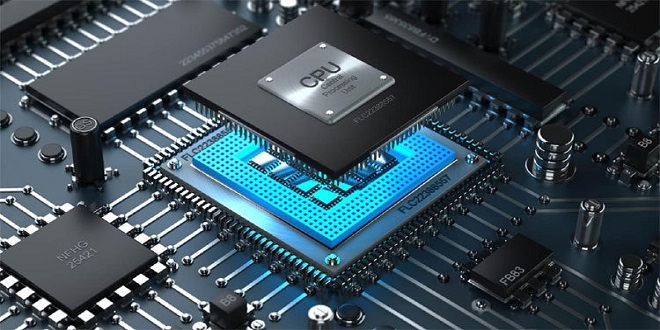
There are many types of CPUs available today, making it difficult to choose the right one for you. We are here to help!
First, you must know the model of your CPU socket. Each CPU has its own socket specifications, so you will need to make sure your motherboard works with the new CPU.
The 7 th-generation Core i3 processors from Intel use an LGA 1151 socket. AMD’s Ryzen 3 2200G processors are powered by an AM4 socket. This article will provide a comprehensive guide for choosing a motherboard to support RTX3070.
When evaluating CPU compatibility with your motherboard we must consider three factors: CPU socket, motherboard chipset and BIOS compatibility.
Determine if your new CPU will work with your motherboard. You can do this by checking the socket of the CPU to see if it matches the socket on the motherboard.
The CPU socket is the connector that connects your CPU to your motherboard. Each socket has its own physical dimensions and pins layout, which allows for CPU connectivity with your motherboard. An AMD motherboard is required if you have an AMD CPU. An Intel motherboard will be required if you have an Intel CPU.
Type of Processor: Every motherboard has a specific socket that can only accommodate certain types. Your processor won’t plug in to your computer’s case if it doesn’t have the matching socket.
Three types of sockets:
There are three types:
- LGA (LAND-GRID ARRAY: This is the type of motherboard socket that Intel uses. It has visible pins.
- PGA (PIN GRAD ARRAY: This mounting type is used for AMD. It has a visible pin on its CPU. The motherboard has pin slots that allow you to slide the pins of your CPU.
- BGA (BALL GROID ARRAY), is a surface mounting type found on laptop CPUs. They are soldered into motherboard sockets, and are irreplaceable.
How do I determine if my CPU socket is supported?
It is easy to find the CPU socket that it supports by looking at its specifications.
FOR EXAMPLE: The Intel Core 17-11700K supports “LGA1200”.
You will see “socket supported” on the package specifications. “FC” stands to flip chip and “LGA,” for Land Grid array. 1200 is the number pins.
How do you know if your motherboard is compatible?
Compatibility of Motherboards: Each motherboard is different and has its own design. They are not compatible with all CPUs.
This means that you will need to identify the manufacturer and model of your motherboard in order to choose a compatible CPU. This is how you do it:
- It is located on the packaging box for your motherboard.
- You can also check your system information tool. Clicking “system information” will open the summary listing all components of your computer. Scroll down to find “Baseboard manufacturers” and “Baseboard product”. The manufacturer of your motherboard and the model number are shown in the column.
- You can also download free software such as CPU-Z if you are still having trouble finding the information. After installing the software, open it and you will find all information about your computer, including socket and motherboard.
Motherboard chipset
Both the motherboard and CPU you choose are important. They aren’t the only things that will determine if your system works with your new purchase.
When confirming compatibility between CPU and motherboard, it is also important to consider the chipsets of Motherboard Chipsets.
You would expect that any LGA 1151 processor would work with any LGA1151 motherboard. However, this is not the case. Intel divided the LGA1511 socket into two versions, which were neither forward- or backwards compatible. This means that even if the motherboard is made by the same company, a CPU purchased for an older LGA 1511 socket socket won’t work on a newer motherboard.
Check BIOS compatibility:
Your motherboard and CPU are compatible if they have the same bios version. You will need to upgrade your bios and then install the new BIOS version if your motherboard and CPU are older than the BIOS version.
If you are unsure which version of BIOS is compatible on your system, and would like to find out,
- Turn on the system by pressing “F10″ or ‘F2”.
- The BIOS will be entered.
- You can now check the model of your motherboard.
You can also run the following command line from Command Prompt
Wmic bios get smbiosbiosversion
This will give you the current BIOS version on your motherboard. This number should be compared with the version of your new processor. Before you upgrade, make sure everything is in order!
Weather conditions, such as rainfall, temperature, and sunlight, directly impact agricultural activities. Farmers rely on favorable weather patterns for crop growth, while extreme weather events like droughts or floods can have devastating effects on crops.
Conclusion:
Many computer users are concerned about CPU compatibility. To ensure that your new investment is compatible with your existing motherboard, you need to find out what your motherboard supports with the new CPU. It is not difficult to find a compatible CPU for your motherboard if you are familiar with the manufacturer and model of your motherboard.

